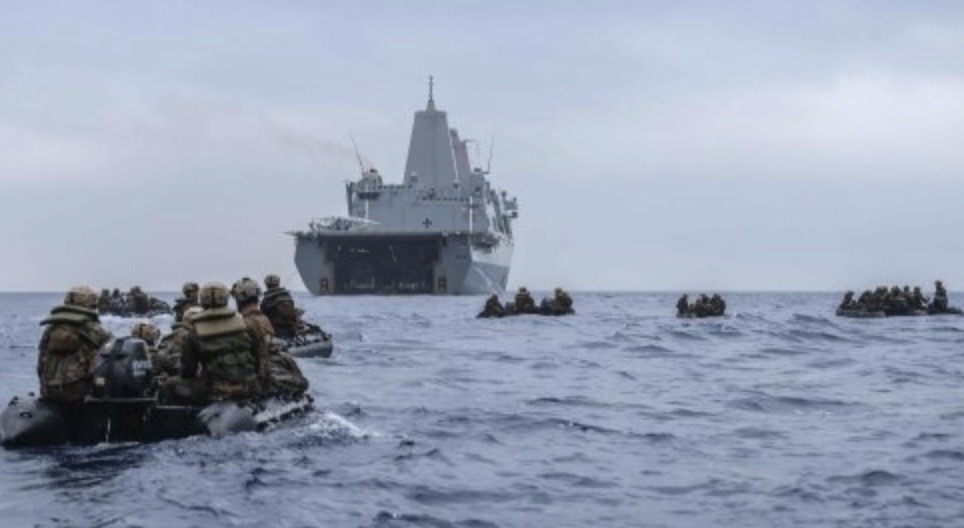US military engagement in the Pacific was highlighted in a meeting at the White House between the leaders of the US and Japan. But behind the scenes, this renewed focus on Asia has sparked fierce debate within one of the military's most celebrated corps, the Marines. .
Former Marine commanders are attacking the current leadership over a plan to tailor training for a potential conflict with China. The project is called Force Design 2030.
Subscribe to the PRP Channel newsletter
Former United States Secretary of the Navy and former Senator from Virginia, Jim WebbMore, who served as a naval officer in the Vietnam War, described in the Wall Street Journal Force Design 2030 as “inadequately tested” and “inherently flawed”. She warned that the plan "raised serious questions about the wisdom and long-term risk of dramatic reductions in force structure, weapon systems, and unit efficiency levels that would suffer constant casualties in most combat scenarios.”.

The plan was launched in 2020 by the commanding general of the Marine Corps David H Berger and is intended to equip the Marines for a potential conflict with China in the Indo-Pacific region rather than wars such as in Iraq and Afghanistan.
The new plan calls for the marines to fight in different operations and in different small islands of an archipelago. Units will be smaller, more spread out, but will have new, more powerful weapon systems.
The plan calls for reductions in personnel and tanks. About three-quarters of its towed artillery batteries will be replaced by long-range rocket systems. Several groups of helicopters will be cut.
The budget for new weapons systems, totaling $15,8 billion, will be funded by cuts totaling about $18,2 billion.
In addition to the new artillery systems, there will be new anti-ship missiles that can be launched from land and new drones. The goal is to equip and train the Marine Corps for a new kind of warfare that the fighting in Ukraine has already foreshadowed.
The main driving factor of Force Design 2030 that's what the marines commander defines distributed operations, splitting large forces into widely distributed smaller units but ensuring they have firepower that can make a real difference.
The utility and importance of unmanned aerial vehicles (UAVs), missile artillery, and the ability to strike at long ranges with great accuracy have all been emphasized in the Russia-Ukraine war and are integral to the Marines' new plans. But their intended battlefield is very different: not the forests and steppes of Ukraine, but chains of islands that stretch across the vast expanse of the Pacific Ocean.
Force Design 2030 is an ever-evolving program. There have already been changes and there will be more. And while the direction of the route has been established, there are still huge problems to solve, not the least of which are the logistical challenges posed by a force that could be spread out over a large area.
Amphibious transport will play a key role. And as Nick Childs, Senior Fellow for Naval Forces and Maritime Security at the IISS in London explains, new types of vessels will be needed.
"Relying only on their large traditional amphibious vessels would make them too vulnerable to the types of modern weaponry they are likely to face", he claims. “So new types of smaller vessels in greater numbers will be vital so the Marine Corps can operate in a more agile and dispersed manner.”
But getting more ships won't be easy in the short to medium term. A new challenge has just begun.
